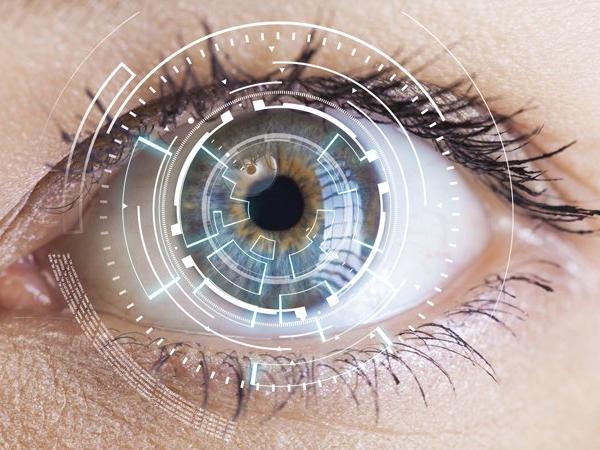
Breaking News
 Silver up over $2.26... Today! $71.24 (and Gold close to $4500)
Silver up over $2.26... Today! $71.24 (and Gold close to $4500)
 GARLAND FAVORITO: More and more fraud from the 2020 election in Fulton County, Georgia...
GARLAND FAVORITO: More and more fraud from the 2020 election in Fulton County, Georgia...
 Rep. Matt Gaetz tells Tucker Carlson that agents of the Israeli govt tried to blackmail his...
Rep. Matt Gaetz tells Tucker Carlson that agents of the Israeli govt tried to blackmail his...
 Trump: We need Greenland for national security… you have Russian and Chinese ships all over...
Trump: We need Greenland for national security… you have Russian and Chinese ships all over...
Top Tech News
 Travel gadget promises to dry and iron your clothes – totally hands-free
Travel gadget promises to dry and iron your clothes – totally hands-free
 Perfect Aircrete, Kitchen Ingredients.
Perfect Aircrete, Kitchen Ingredients.
 Futuristic pixel-raising display lets you feel what's onscreen
Futuristic pixel-raising display lets you feel what's onscreen
 Cutting-Edge Facility Generates Pure Water and Hydrogen Fuel from Seawater for Mere Pennies
Cutting-Edge Facility Generates Pure Water and Hydrogen Fuel from Seawater for Mere Pennies
 This tiny dev board is packed with features for ambitious makers
This tiny dev board is packed with features for ambitious makers
 Scientists Discover Gel to Regrow Tooth Enamel
Scientists Discover Gel to Regrow Tooth Enamel
 Vitamin C and Dandelion Root Killing Cancer Cells -- as Former CDC Director Calls for COVID-19...
Vitamin C and Dandelion Root Killing Cancer Cells -- as Former CDC Director Calls for COVID-19...
 Galactic Brain: US firm plans space-based data centers, power grid to challenge China
Galactic Brain: US firm plans space-based data centers, power grid to challenge China
 A microbial cleanup for glyphosate just earned a patent. Here's why that matters
A microbial cleanup for glyphosate just earned a patent. Here's why that matters
 Japan Breaks Internet Speed Record with 5 Million Times Faster Data Transfer
Japan Breaks Internet Speed Record with 5 Million Times Faster Data Transfer
Reprogramming retina cells found to reverse blindness in mice

We owe our vision to an array of photoreceptor cells on our retinas, which respond to light and send the signals to the brain to interpret what we're seeing. But being neurons these cells won't regenerate on their own, so if they're damaged, that's it. At least, that's how it works in mammals – scientists have found that other animals like the zebrafish can convert structural cells called Müller glia into new, functioning photoreceptors to restore their vision. The new study has now shown how this could be done in mammals.
"This is the first report of scientists reprogramming Müller glia to become functional rod photoreceptors in the mammalian retina," says Thomas N. Greenwell, NEI program director for retinal neuroscience. "Rods allow us to see in low light, but they may also help preserve cone photoreceptors, which are important for color vision and high visual acuity. Cones tend to die in later-stage eye diseases. If rods can be regenerated from inside the eye, this might be a strategy for treating diseases of the eye that affect photoreceptors."
![]()
–– ADVERTISEMENT ––
The team investigated whether this kind of repair mechanism could be carried over to mammals, ideally without having to injure the retinas of test mice. Eventually they developed a two-phase process that managed to do just that. In the first phase, the researchers injected the eyes of healthy mice with a gene that would turn on a protein called beta-catenin. This triggers the Müller glia to start dividing. After a few weeks, phase two involved injecting factors into the eyes that direct those newly-divided cells to develop into rods.
When the team examined the cells using microscopy, they found that structurally the rods grown out of Müller glia looked exactly the same as the natural ones. On top of that, they also developed the network of synapses that allowed them to communicate with other neurons.




